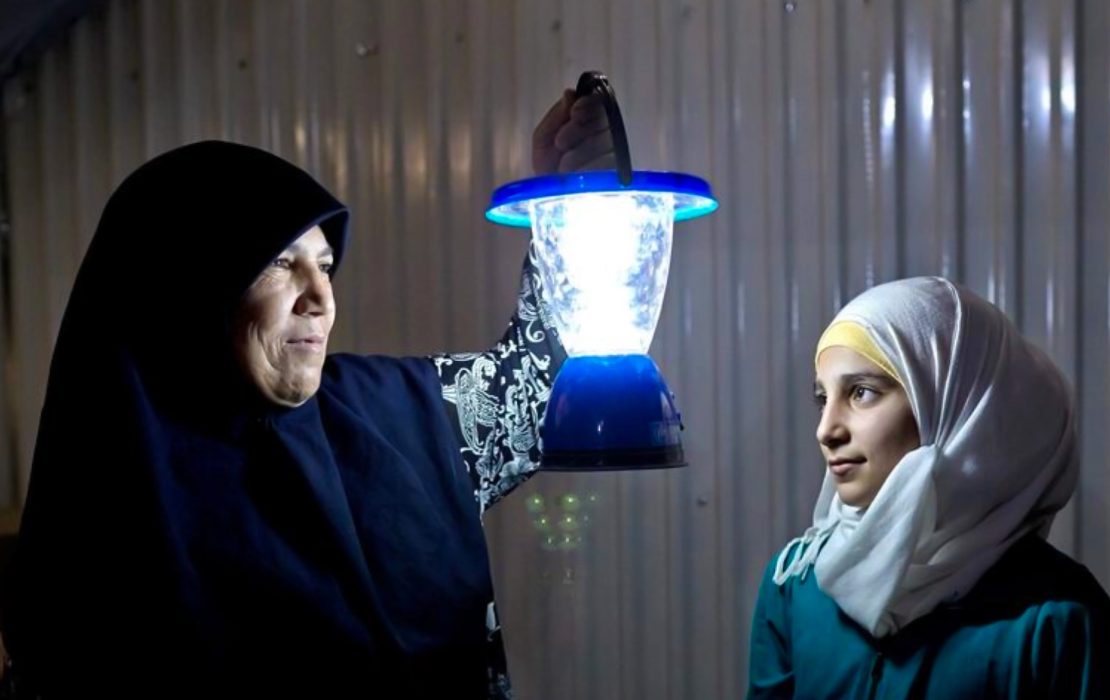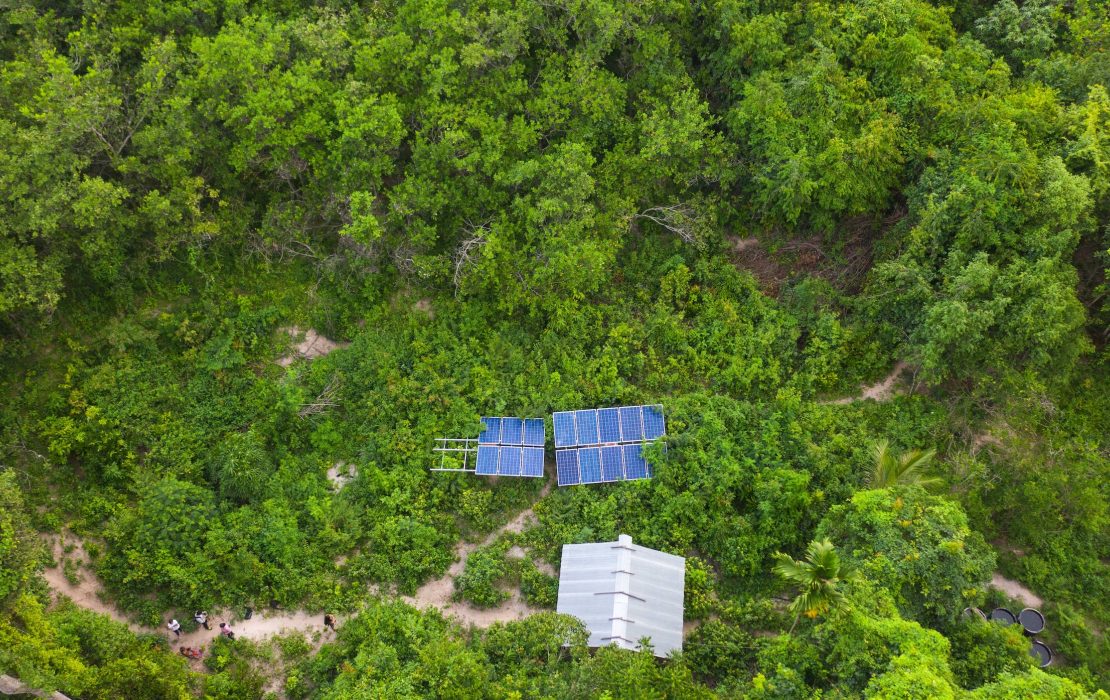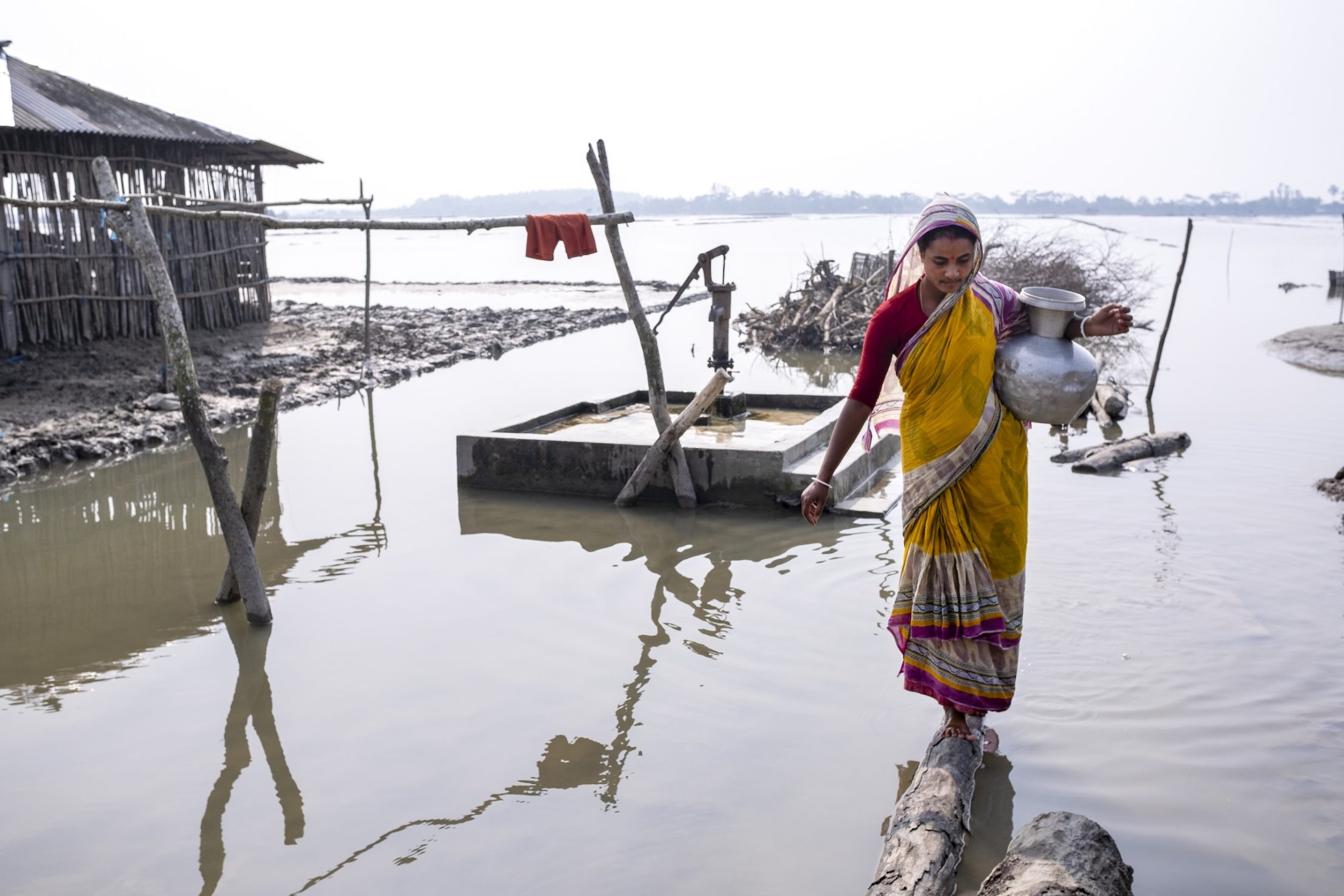
Photo: Ab Rashid / UNDP Bangladesh
Imagine being trapped in a cyclone. Relentless winds, with speeds reaching 250 kilometres per hour, are roaring outside, causing your house to shake violently in the darkness. Trees topple and debris hurtles through the air. Amidst this chaos, the voices of those around are nearly indistinguishable, as they shout to be heard over the deafening fury of nature.
This is a glimpse of what residents of Rakhine State in Myanmar endured when one of the most powerful cyclones ever recorded in the country struck in May, affecting 1.9 million people, and flooding 1,182 square kilometres of land.
This destructive event provides a stark reminder: if we don’t promptly help at-risk populations – often located in villages along coastlines, beside rivers, and in remote mountainous regions – to adapt and build resilience, millions more people will perish, be tipped into poverty, or be forced to migrate in the decades to come.
So where do we go from here?
Coming off the exchanges and voices heard during several high-level climate events hosted in Asia and the Pacific over the last few months, here are three imperatives for advancing climate adaptation in the region – and worldwide.
1. Make funding more accessible for local initiatives – and ensure it reaches communities
Funding for climate action is a trending and persistent gap, for countries in Asia and the Pacific and around the world. The adaptation financing gap is particularly wide: developing countries need between US $160 billion to $340 billion annually by 2030 for climate adaptation efforts, yet less than $50 billion is currently accessible for this purpose. At the same time, the finance that is available can be difficult to access for local communities.
We need to enable communities to successfully apply for funding. This requires simplifying application forms, easing requirements, reducing complex technical jargon, and translating forms into local languages.
As well as simplifying the process of applying for funding, we also need to guarantee that funds reach communities. The principles for locally-led adaptation have rewritten the narrative on community resilience. They have cast a critical light on existing financing and decision-making structures and chart a new way forward. If we apply the principle of “providing patient and predictable funding that can be accessed more easily”, we can address barriers through simpler access, longer-term and more predictable funding for communities.
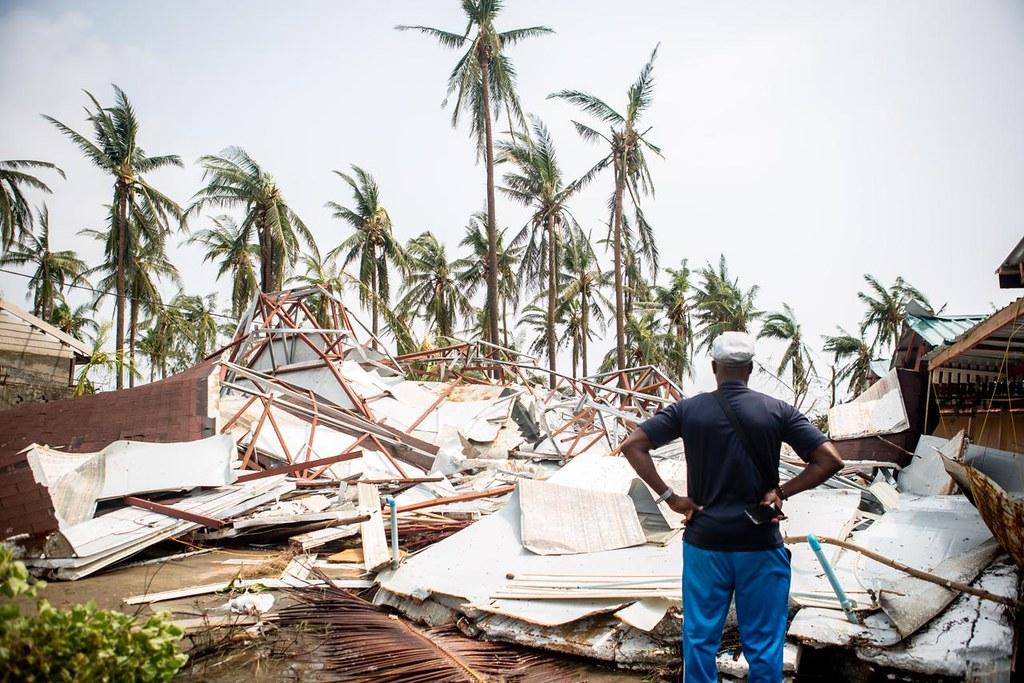
Photo: UNICEF
2. Capitalize on indigenous knowledge
Indigenous knowledge has endured the test of time across generations and offers valuable insights into local environments that can surpass the realms of current scientific understanding. At the same time, Indigenous knowledge is at risk of fading away. As economic pressures and land degradation have influenced younger generations to seek opportunities this has often resulted in migration to urban areas. Without local languages being preserved and indigenous knowledge documented, often an unfortunate consequence of migration means that the forums where indigenous knowledge are passed down inherently shrink.
Throughout this year’s Korea Global Adaptation Week, numerous sessions raised the need to better integrate traditional and indigenous knowledge into adaptation research and practices, particularly since 70 percent of indigenous populations are located in Asia-Pacific.
We need climate studies to move away from a “checkbox” approach in which Indigenous Peoples’ terminology is simply included to meet project document requirements. Instead, research needs to delve deeper into documenting Indigenous traditional knowledge to further advance our practices and tools for a resilient future, with more creative avenues of disseminating climate know-how across communities, such as through storytelling, radio broadcasts, or its integration into local school curricula.
3. Establish resilient infrastructure
In Asia and the Pacific, building climate-resilient community infrastructure is a key priority because half of all natural disaster events worldwide occur in the region. This endeavour includes, for example optimizing building design by constructing roofs with multiple slopes that stand well in strong winds or installing green roofs to reduce heat. Importantly, it also includes addressing the increasing risk that roads, bridges and energy grids face from climate hazards, given their pivotal role in supporting livelihoods.
In particular, we need to build climate-resilient healthcare infrastructure to handle the anticipated surge in injuries stemming from the ‘changes in the intensity of extremes’ and the spread of waterborne and vector-borne illnesses. This is in addition to ensuring that this infrastructure can withstand ever increasing extreme weather events.
With floods, prolonged droughts, and climate-related displacement linked to heightened anxiety, depression, and PTSD, we also need to put in place psychological support services. It is not just the extreme weather events that are placing pressure on our psychological health. Changes to the natural environment can also induce grief, emotional distress, and disorientation, especially among indigenous communities closely connected to nature.
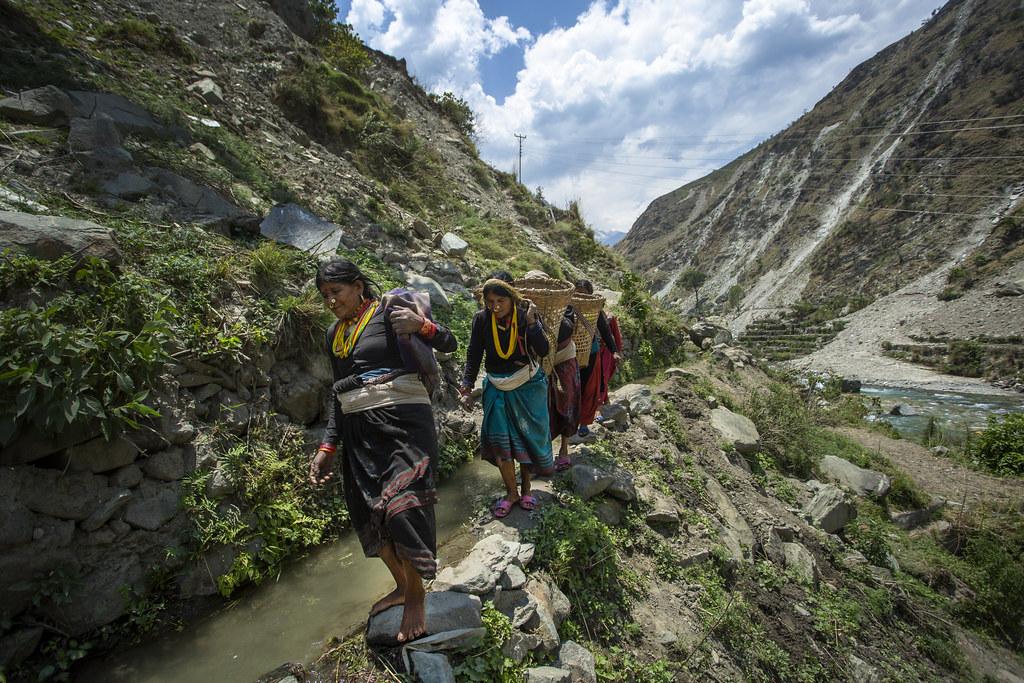
Photo by: Prakash Chandra Timilsena/UNDP Nepal
Amplifying community resilience efforts through NAPs and NDCs
These three imperatives can and should inform the design of resilience initiatives by governments, local actors, development partners, donors, and other stakeholders.
As part of a commitment to support 120 countries under the Climate Promise initiative to enhance their Nationally Determined Contributions (NDCs), and assistance to 50 countries in advancing their National Adaptation Plans (NAPs), we at UNDP stand ready to support. Through the NAP process, mechanisms can be established to connect local actors, identify shared needs, and integrate them into national planning to programme wider support. Simultaneously, NDCs can strengthen a country's commitment to community resilience while mobilizing and leveraging international funding.
Overall, however, the diverse exchanges promoted during Korea's Global Adaptation Week, the Regional NAP Expo, and the 8th Asia-Pacific Climate Change Adaptation (APAN) Forum, all converge on a central message: communities must be put in the driver’s seat when it comes to climate action and be seen as partners, rather than simply recipients of aid.



